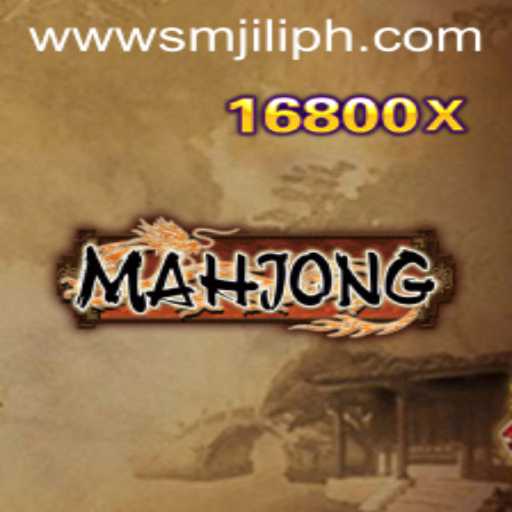Explore the timeless allure of Mahjong, a game rich with history and strategic depth. Learn about its introduction, rules, and the latest trends in the Mahjong community.
The Intricacies of Mahjong: A Timeless Classic
Mahjong, a traditional tile-based game, has captivated minds and sparked strategic competitions across the globe. With its origins tracing back to 19th century China, the game has developed a rich cultural legacy. Today, Mahjong is not only a popular pastime but also a means of connecting people through its strategic complexity and social allure.
Introducing Mahjong
Mahjong, affectionately known as 'the game of a hundred intelligences,' is played with a set of 144 tiles, typically by four players. The game shares some similarities with Western card games such as rummy. However, the complexities of Mahjong surpass simple matching and sequence-building, offering players multiple layers of thought and strategy as they seek to complete their hands and call 'Mahjong!'
The popularity of Mahjong has seen it transition from its Eastern roots to global recognition. Its presence can be felt in various digital formats, appearing as apps, online platforms, and even competitive mobile games. Recently, Mahjong has received a boost in popularity thanks to the efforts of communities such as SMJILI, which stands as a beacon for competitive play and cultural appreciation.
Understanding the Rules
Getting started with Mahjong requires understanding the basic components: tiles are divided into three suits—bamboo, characters, and circles, each numbered from one to nine. In addition to the suits, the game includes honor tiles, comprised of winds and dragons, and sometimes, bonus tiles like flowers and seasons.
The objective of Mahjong is simple: be the first player to complete a legal hand by drawing and discarding tiles to form sets and a pair. A standard winning hand typically consists of four sets (combinations of three tiles, such as a pong) and a pair. The rules can vary significantly based on regional variations, such as the Hong Kong or Japanese Riichi Mahjong, each adding unique layers of strategy and excitement.
Current Trends and Events
With the advent of technology, Mahjong is thriving in a digital age where global tournaments have taken place online, and streaming platforms are increasingly broadcasting high-stakes games. One compelling current trend is the rise of AI-powered opponents, which offer players fresh challenges and opportunities to hone their skills. In recent events, Mahjong tournaments organized by SMJILI have drawn considerable attention, celebrating not only the competitive nature of the game but its role in cultural diplomacy as well.
As people around the world rediscover Mahjong through digital channels and community initiatives, the game continues to evolve. Current competitions often spotlight emerging players who bridge cultural divides, fostering friendships and rivalries in a manner akin to chess or poker.
In conclusion, Mahjong stands as a testament to the power of strategic games to endure through generations, embracing both tradition and innovation. Its ongoing reinvention and relevance in contemporary society point to a rich future for this ancient pastime.




